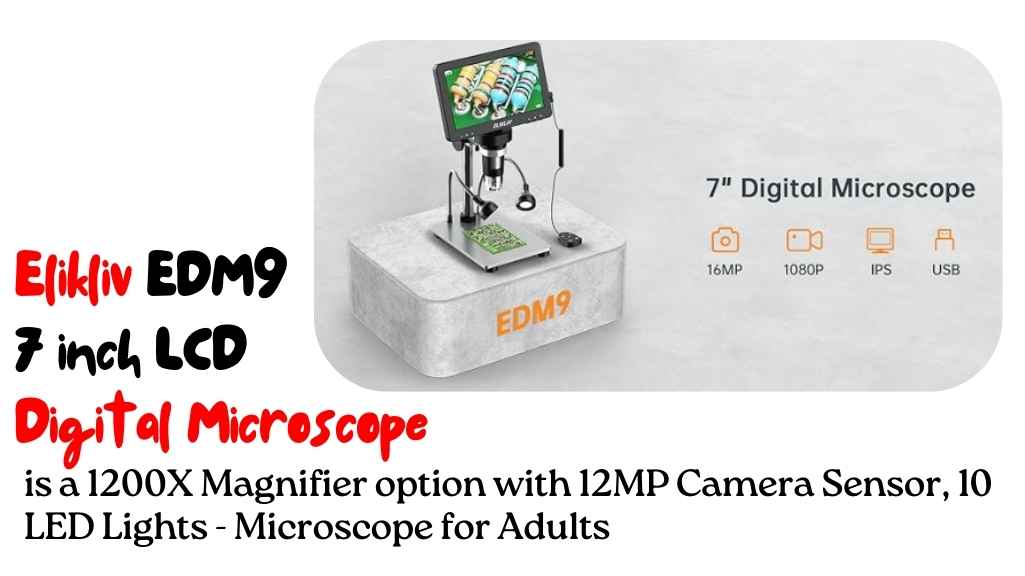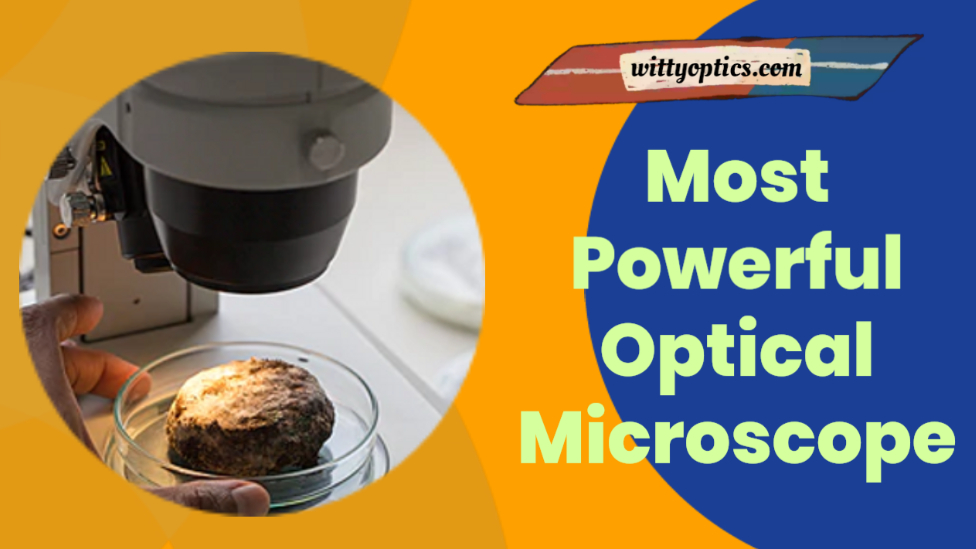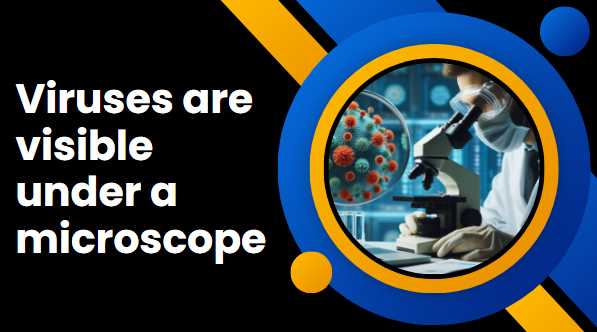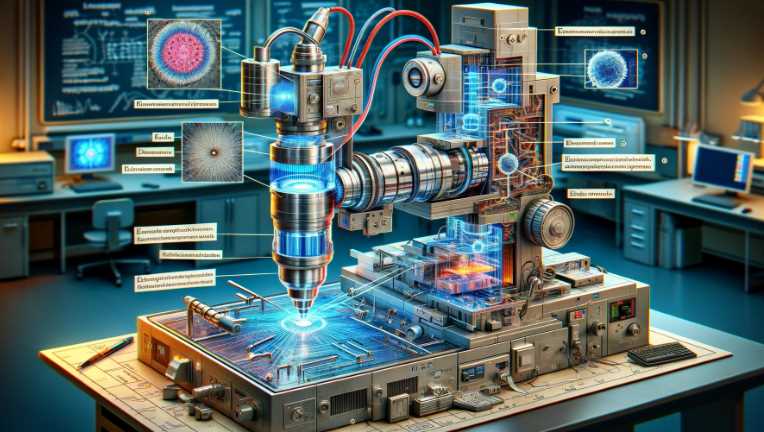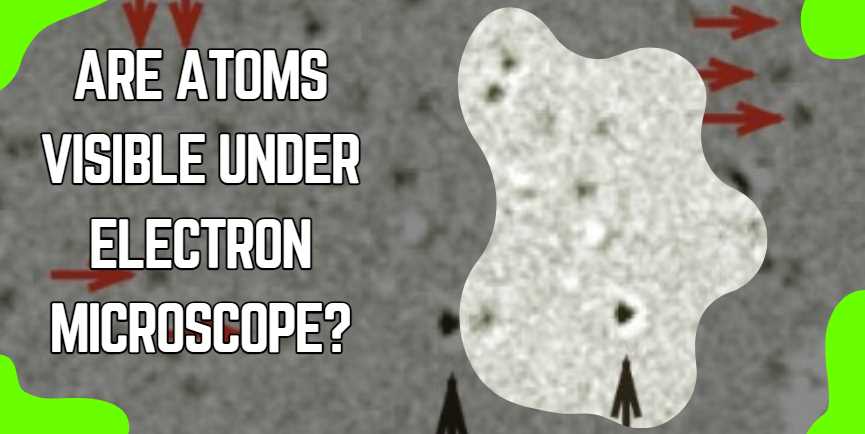Elikliv EDM97 inch LCD Digital Microscope
Elikliv EDM97 features a large 9.7-inch LCD display, providing a comfortable viewing experience without the need for an external monitor or eyepiece. The microscope uses a digital camera system to capture clear images, which are then displayed on the LCD screen. It supports magnification levels ranging from 10x to 1000x, making it suitable for a […]
Elikliv EDM97 inch LCD Digital Microscope Read More »
